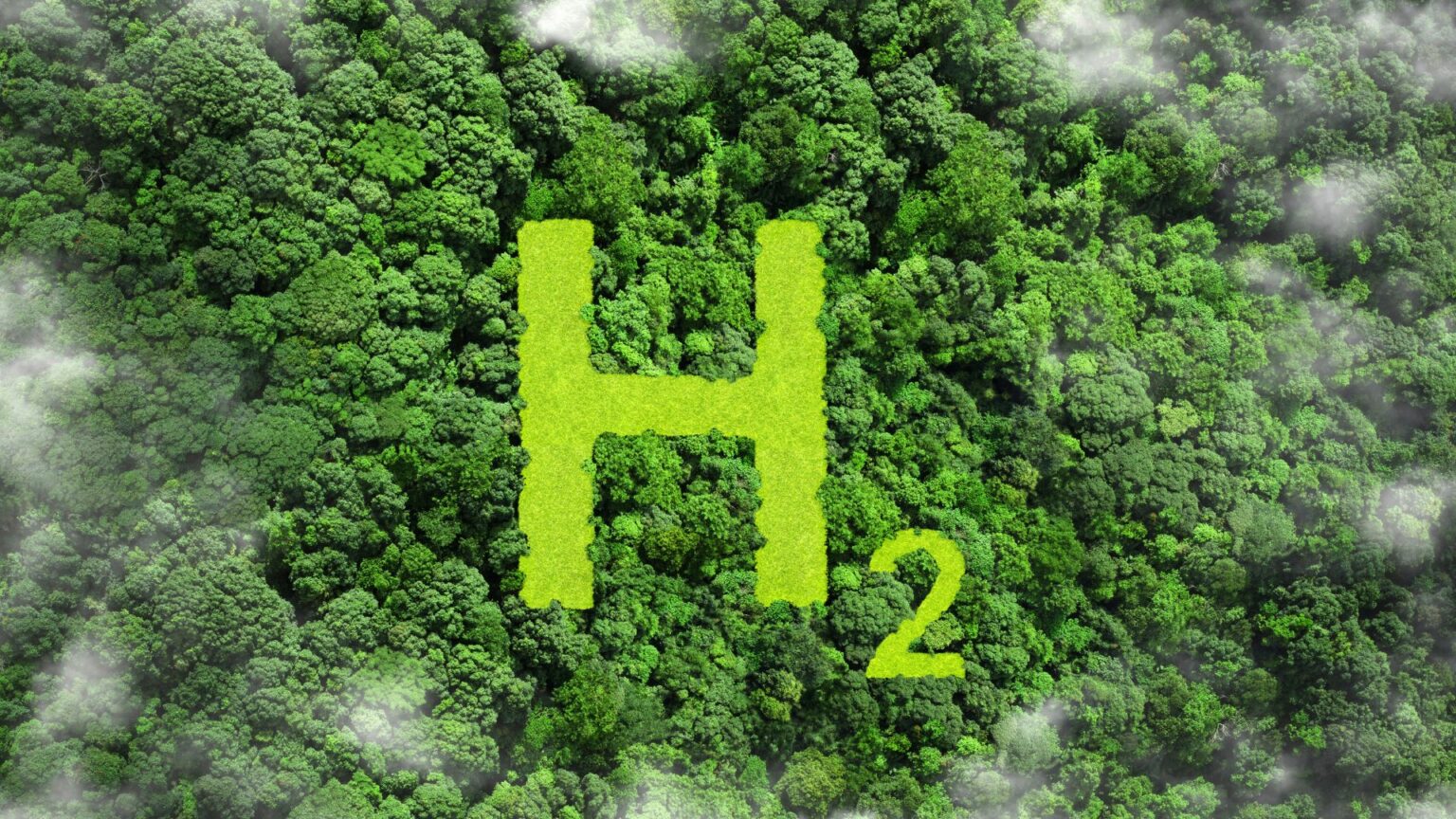Australian companies Fortescue and Woodside find their ambitious hydrogen projects at risk due to proposed rule changes by the United States. The changes could potentially exclude them from accessing cash incentives under the Inflation Reduction Act (IRA), valued at billions of dollars.
Woodside’s H2OK project, a key player in Oklahoma’s hydrogen industry, has been thrown into uncertainty following the Biden administration’s stringent restrictions. Unveiled last year, the initiative involves utilizing electricity from the state’s power grid to produce liquid hydrogen through electrolysers. To offset emissions from non-renewable sources, Woodside aimed to acquire renewable energy certificates.
The proposed regulations introduce strict criteria for projects seeking incentives of up to $US3 per kilogram for hydrogen production. These projects must use a source of clean electricity deemed “incremental” to existing generation. This implies sourcing electricity from new renewable energy plants within the same power grid region as the hydrogen project, operating simultaneously.
The White House justified these requirements by stating that without them, hydrogen production could contribute to increased grid emissions, surpassing the permitted maximum emissions intensity to qualify for the credit.
Woodside’s H2OK project had already faced delays in making a final investment decision last October, with eligibility for tax incentives and sales agreements playing a significant role in the postponement.
This setback marks the second blow within weeks for Woodside’s clean energy endeavors. The company’s $1 billion hydrogen and ammonia project in Western Australia, named H2Perth, is also facing uncertainty amidst these regulatory changes.
As Australian companies navigate the evolving hydrogen production landscape, the future of their projects remains uncertain. This development raises broader questions about the global hydrogen market and the potential impact of the US rule changes.
Fortescue and Woodside, two prominent players in Australia’s hydrogen landscape, are now grappling with the impact of unforeseen US regulatory changes. The proposed alterations to the IRA incentives have introduced hurdles that could significantly impede the progress of their hydrogen ventures.
Woodside’s H2OK project, designed to harness the electricity from Oklahoma’s power grid for hydrogen production, is now facing challenges. The introduced criteria demanding “incremental” clean electricity from new renewable energy plants within the same power grid region adds complexity and uncertainty to the project’s viability.
The delayed decision on the project, coupled with the regulatory uncertainties, has cast a shadow over Woodside’s ambitions in the hydrogen sector. The H2Perth project in Western Australia, aimed at a significant investment in hydrogen and ammonia, is now under a cloud of uncertainty.
The ripple effect of these regulatory changes extends beyond Fortescue and Woodside, impacting the broader landscape of the global hydrogen market. As countries worldwide invest in hydrogen as a clean energy solution, the US rule changes introduce an unexpected variable that could reshape the dynamics of this burgeoning industry.
Questions loom about the resilience of hydrogen projects in the face of evolving regulations, and how companies globally will strategize to adapt to this changing regulatory environment. The potential exclusion of Fortescue and Woodside from IRA incentives underscores the intricate challenges faced by companies in aligning their projects with evolving governmental policies.
